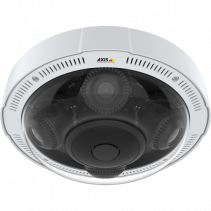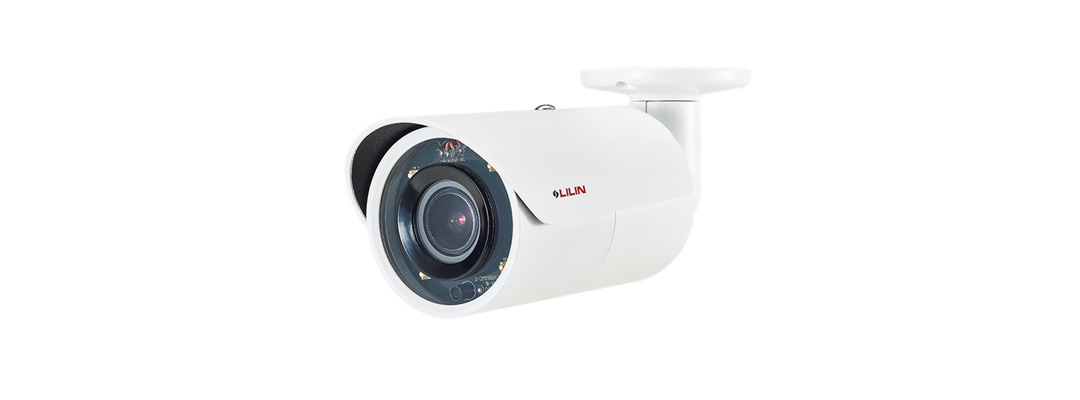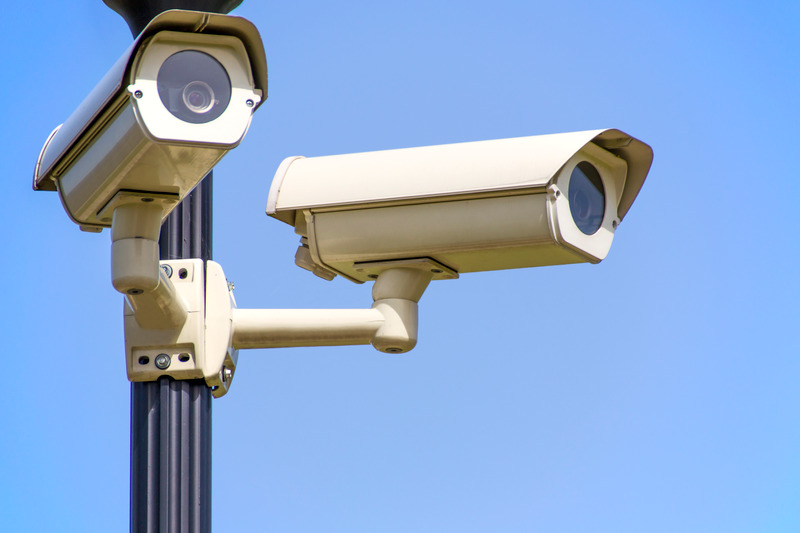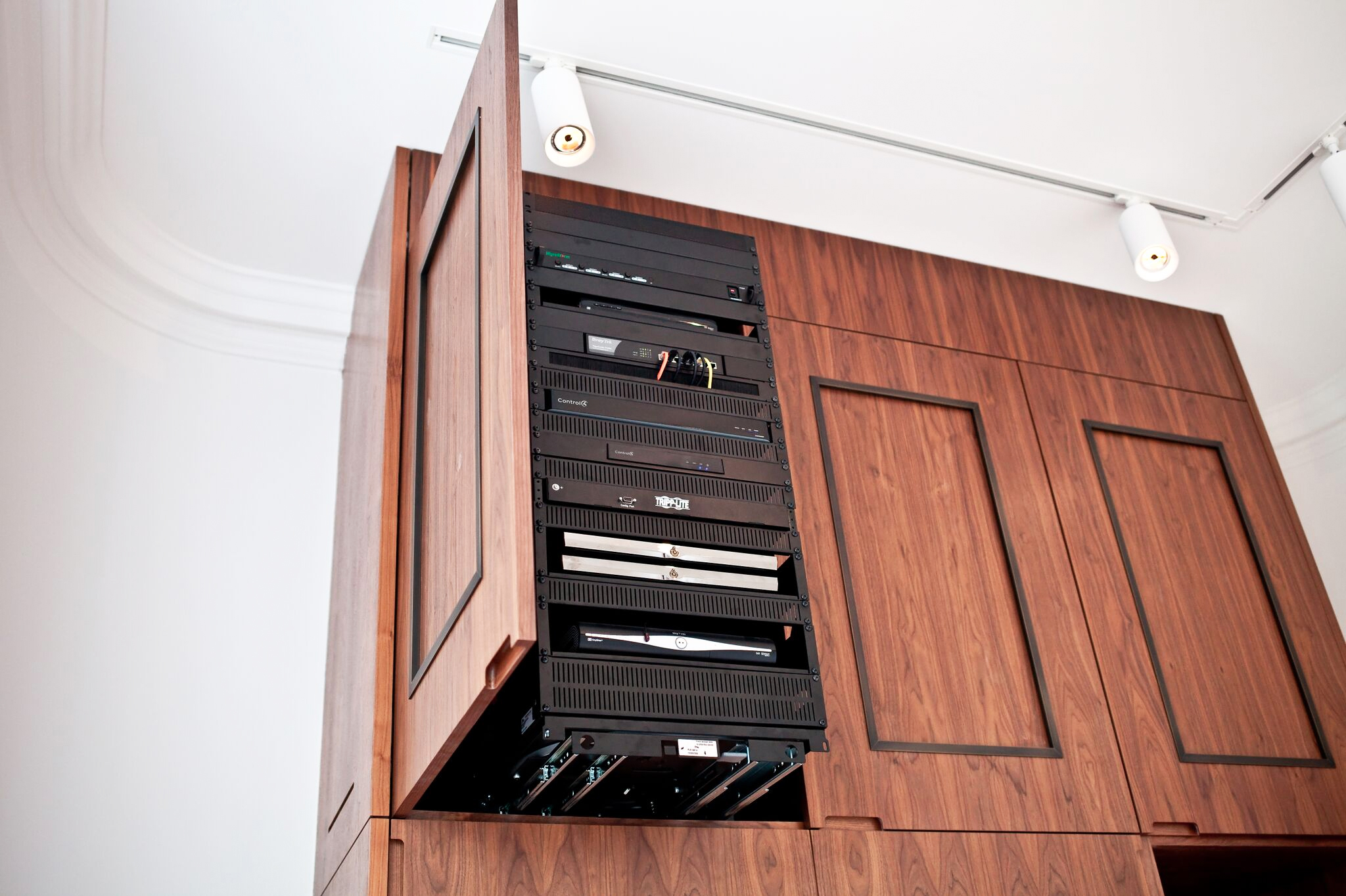Some Camera Types and When To Use Them
Bullet Cameras
Bullet cameras are the traditional kind of camera that you see on the side of buildings. Shaped like a bullet(ish) it’s a great choice of camera if you don’t mind how they look. They come with loads of technology packed into them. IR is standard on most. ANPR (automatic number plate reading) is a great feature to link with a gate, so it opens as your car approaches.
Dome Cameras
Generally, dome cameras are considered to be more aesthetically pleasing than bullet cameras. In particular mini domes are very discreet and can be fitted on the soffit of a roof to give great coverage. Of course, you need to consider whether you want a potential burglar to know that you have security cameras as a deterrent. In which case you may prefer larger, more visible cameras. Another possible downside of a dome camera is that, because the camera and the IR emitter are within the dome, the IR range can be restricted slightly, and any marks on the dome will show up in your recordings.
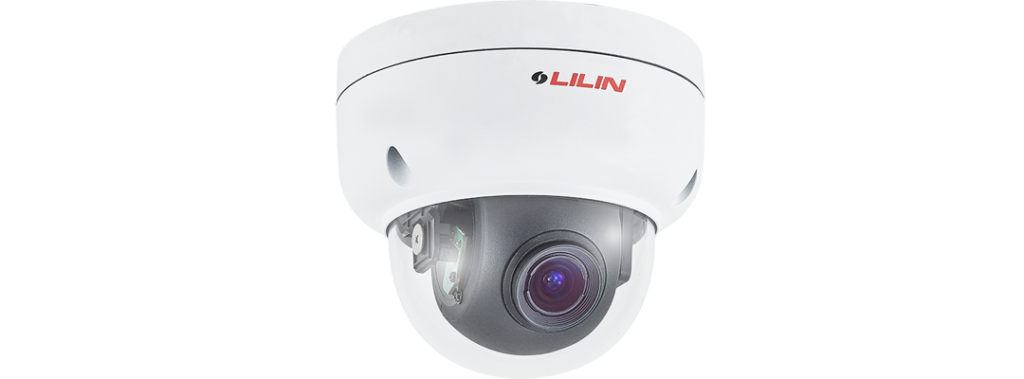
Wireless Cameras
Wireless cameras should only really be used if you really can’t get a cable to the camera location. As with everything we do in the home technology industry – if you can get a wire to the hardware then this will always be a better solution. It is a more reliable connection and in most cases offers more bandwidth which of course means speed.
360-degree Cameras
These are usually a fish-eye lens camera that, when placed in the centre of a room, can show everything in the room. Now, we all know what a fish-eye lens will do to an image, making it all distorted. Well, there is software available now that sorts all that distortion out and gives you a normal image recording. These cameras are a little prone to blind spots, simply because they are a single camera. But in certain situations they are a great choice. A pool for example, where there are not many obstructions to block you seeing everything. A gym or garage could also be good places for a 360-degree camera.

Multi-imaging Cameras
These cameras are becoming really popular. They are essentially 4 cameras built into one unit. Each individual camera can be positioned and zoomed as required to give great coverage where you need it. One of these on the corner of a house could have a camera position down each side of the house, one covering the front of the house and the final camera zoomed in on the gate. The really great thing is that they only use one network cable, so they are not using up space on your network switch or NVR.
